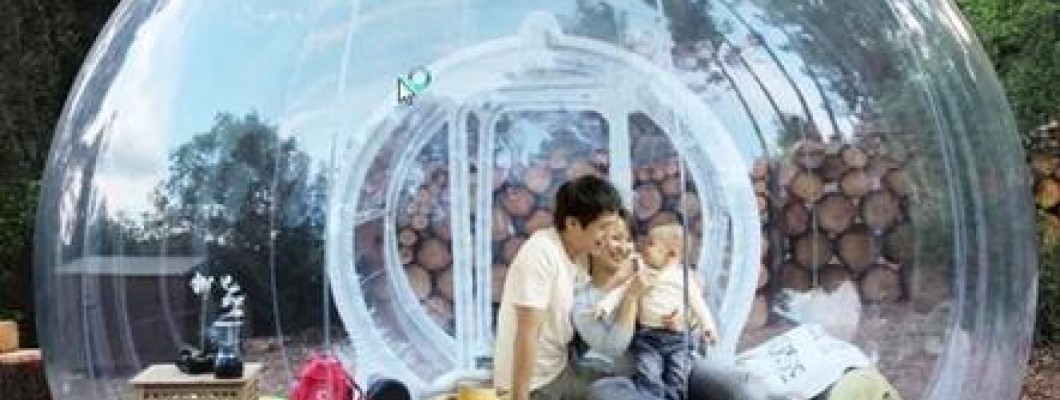
Inflatable tents, also known as air tents, have gained popularity in recent years due to their ease of use and unique design. Unlike traditional tents that rely on metal or fiberglass poles for structure, inflatable tents use air-filled beams. Here’s an in-depth look at how they work, how to set them up, and their stability.
How Inflatable Tents Work
Inflatable tents use air beams, which are robust tubes that can be inflated to create a rigid structure. These beams replace traditional poles and are typically made of a durable material such as TPU (thermoplastic polyurethane). The beams are housed in a protective sleeve to prevent punctures and abrasions.
Setting Up an Inflatable Tent
Setting up an inflatable tent is generally quicker and simpler than a traditional tent. Here’s a step-by-step guide:
- Unpack and Lay Out: Unpack the tent and lay it flat on the ground, ensuring it’s in the desired position.
- Secure the Tent Base: Stake down the corners of the tent to keep it in place during inflation.
- Locate the Valves: Find the inflation valves on the tent. These are usually located at the base of each air beam.
- Inflate the Tent: Use the provided pump (manual or electric) to inflate the beams. Attach the pump to the valves and start inflating. Most tents will have multiple valves, so you’ll need to move the pump from one valve to another as you go. The beams will stand up and create the tent’s structure as they fill with air.
- Secure Guy Lines and Additional Stakes: Once the tent is fully inflated, secure the guy lines and add additional stakes as needed to ensure stability.
- Add the Flysheet and Accessories: If your tent comes with a flysheet or other accessories, attach these last.
Stability of Inflatable Tents
Despite initial skepticism, inflatable tents are remarkably stable and reliable. Here are some factors contributing to their stability:
- Air Beam Design: The air beams are designed to withstand significant pressure, providing a rigid structure similar to traditional poles.
- Material Strength: The materials used for the beams and the tent fabric are strong and durable, able to resist punctures and abrasions.
- Flexibility: Unlike rigid poles, air beams can flex and bend slightly in strong winds, reducing the risk of breaking. This flexibility allows the tent to absorb and dissipate wind forces more effectively.
- Anchoring: Proper staking and the use of guy lines are crucial. When properly anchored, an inflatable tent can be very stable even in adverse weather conditions.
- Maintenance and Repair: Regular maintenance, such as checking for leaks and ensuring the beams are properly inflated, can enhance the stability and longevity of the tent. Most inflatable tents come with repair kits to address minor punctures or leaks.
Advantages and Disadvantages
Advantages:
- Quick Setup: Inflatable tents can be set up faster than traditional tents.
- Ease of Use: No need to deal with assembling and threading poles.
- Compact Storage: When deflated, these tents pack down small and are easy to transport.
Disadvantages:
- Pump Dependency: You need a pump to inflate the tent, and it can be an issue if the pump fails or gets lost.
- Puncture Risk: Though rare and often easily repairable, punctures can happen.
- Weight: Some inflatable tents can be heavier than traditional pole tents due to the materials used.
Conclusion
Inflatable tents offer a modern, convenient alternative to traditional tents, combining ease of setup with impressive stability. With proper use and care, they can provide a comfortable and reliable shelter for various outdoor activities. Whether you’re a seasoned camper or a novice, understanding how to set up and maintain an inflatable tent can greatly enhance your camping experience.

Leave a Comment